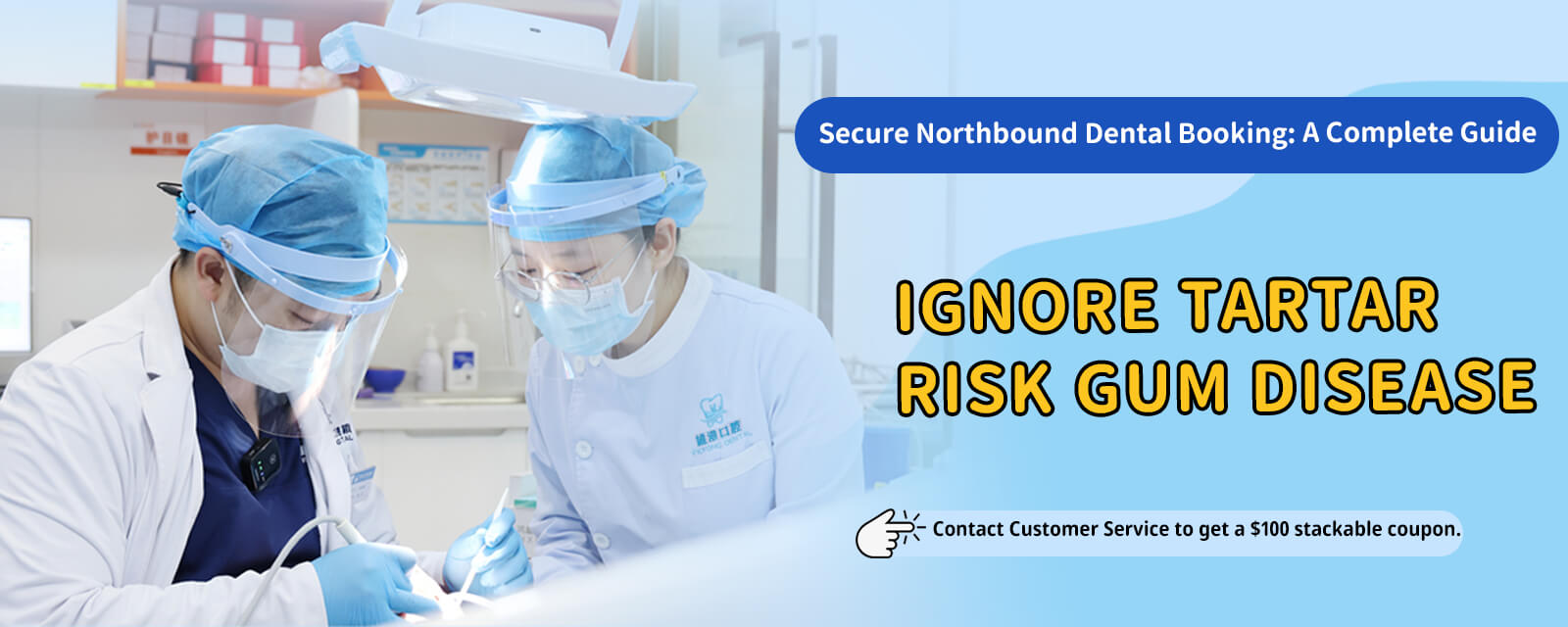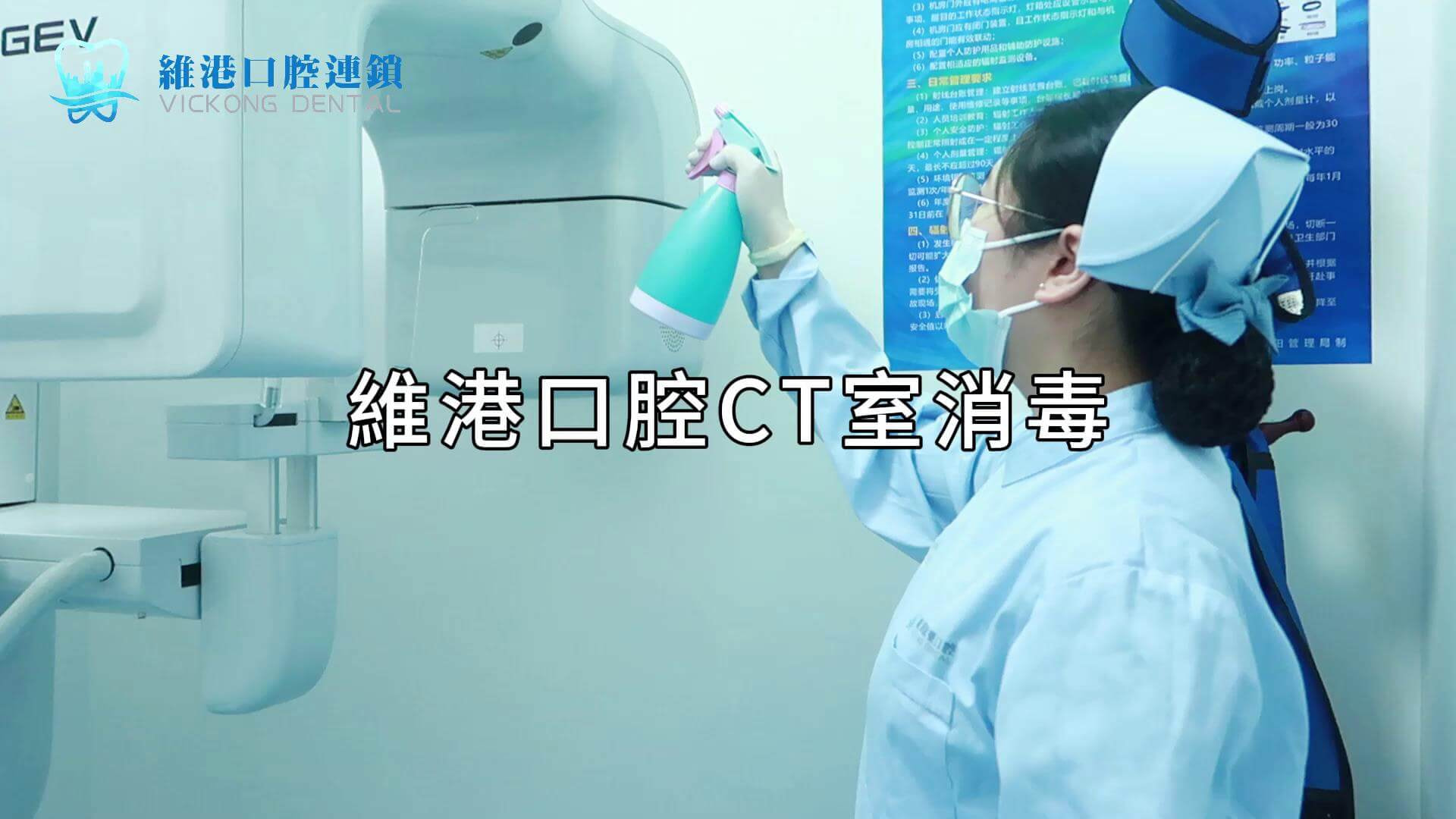**Are There Any Dental Implant Promotions for 2025 in Mainland Cities?**
In recent years, its become popular for many Hong Kong residents to travel to Shenzhen, Guangzhou, and other cities in Mainland China for dental treatment, with dental implants being particularly appealing. The reasons are simple: dental technology in Mainland China has advanced significantly, with modern equipment and facilities, increasingly professional services, a variety of choices, and flexible scheduling. As we move into 2025, one of the biggest questions on everyones mind is whether there are promotional activities that can help save some money while still enjoying high-quality dental implant services.
**2025 Dental Implant Environment in Mainland Cities**
Entering 2025, the dental market in Mainland China is becoming more competitive, with various dental centers launching different promotions to attract Hong Kong customers, such as aligning with holidays or anniversaries for marketing campaigns. Locations for dental implants range from nearby Shenzhen to Guangzhou, Dongguan, and even Foshan, all offering convenient transportation and accommodation. As Hong Kong residents become more familiar with the process, this medical tourism model is becoming increasingly mature.
**Types and Trends of Promotional Activities**
While specific pricing is hard to pinpoint, promotional forms are quite diverse. For example, there may be examination and evaluation packages, complimentary dental care services, or small gifts for first-time customers. Additionally, dental centers often engage in interactive marketing through social media, enabling interested Hong Kong residents to stay updated on the latest information and techniques before planning their trips.
**Key Concerns for Hong Kong Residents**
While promotions are attractive, there are several practical considerations for Hong Kong residents:
1. **Doctor Experience**: Many prioritize choosing doctors with extensive practical experience and complete professional certifications.
2. **Equipment and Technology**: Starting in 2025, more dental centers are adopting new technologies like instant imaging and digital scanning, enhancing the precision and comfort of the implant process.
3. **Convenient Transportation**: Dental centers near Shenzhen remain popular, as they allow for same-day travel, reducing stress.
4. **After-Sales Service**: Dental implants are not just a one-time surgery; post-operative check-ups and maintenance are equally important, making service procedures and follow-up attitudes

vital factors.
**How to Choose the Right Dental Center**
Even with promotions, it doesnt necessarily mean opting for the cheapest option. Choosing a dental center should begin with understanding your dental condition and seeking professional advice before comparing options. There are plenty of online experiences shared by Hong Kong residents regarding their dental trips to Mainland China; these can serve as references. Remember, everyones dental situation is different, and what works for others may not suit you. More and more dental centers offer video consultations or WhatsApp queries, allowing Hong Kong residents to gather information before making arrangements.
**How to Obtain Promotional Information**
To find out about 2025 dental implant promotions in Mainland cities, the best approach is to follow the official channels of dental centers, including websites, WeChat official accounts, and major social media platforms. Some promotions are communicated through Hong Kong partners or medical intermediaries. Also, pay attention to major holidays like New Year, May Day, and National Day, which are usually peak times for promotions. Moreover, early booking and confirmation may lead to additional perks.
**Lifestyle Tips for Dental Implants in Mainland Cities**
Travelling to Mainland China for dental implants can be a medical trip combined with leisure, such as planning a short getaway before or after the procedure to relax. Some people choose to stay in Mainland China for a day or two post-surgery for a basic follow-up with the doctor before returning to Hong Kong, providing extra peace of mind. Before the trip, remember to prepare necessary documents and personal medical information, and if you have allergies or chronic illnesses, communicate these in advance with your dentist.
**Conclusion**
While the form of 2025 dental implant promotions varies, the core goal remains to attract more Hong Kong residents to experience the technology and services of Mainland Chinas dental industry. When opting for dental implants up north, residents should consider not only the price and promotions but also the doctors credentials, equipment standards, after-sales guarantees, and transportation arrangements. By planning early and taking advantage of promotions, traveling to Mainland China for dental implants can be a safe, comfortable, and innovative choice.
If youd like, I can also help draft a "2025 Guide to the Latest Dental Technologies in Mainland China" to aid your websites SEO promotion. Would you like me to write that?

























